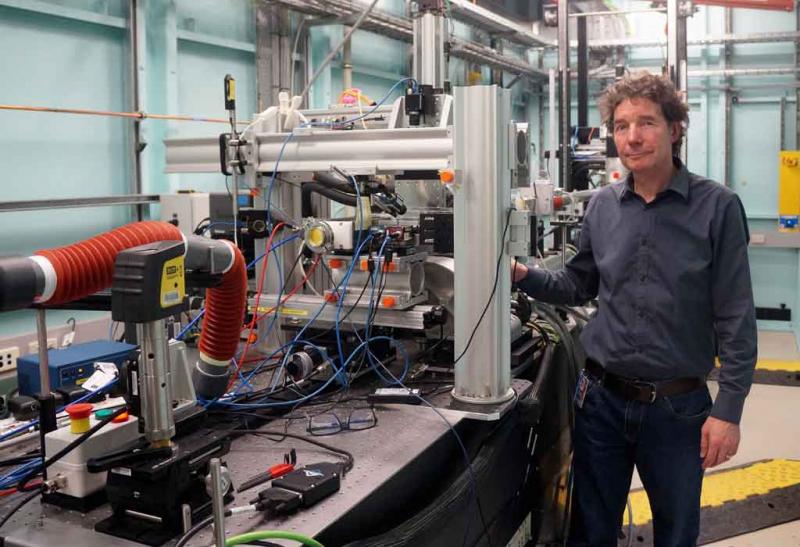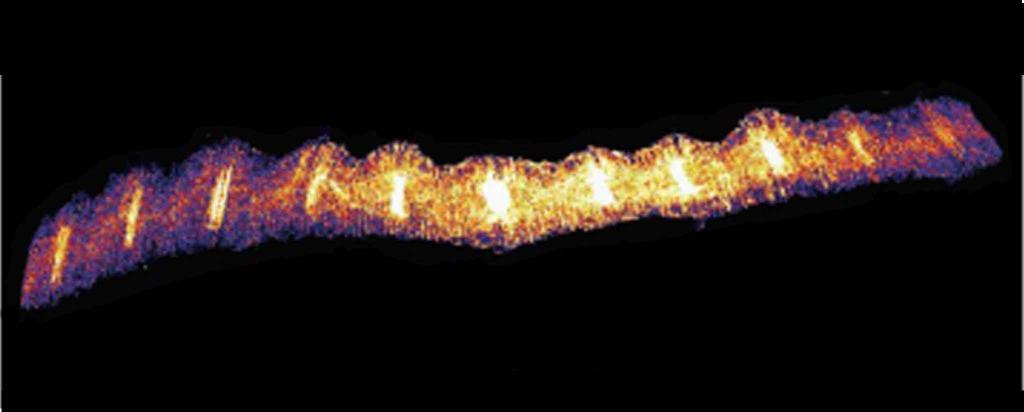

Published on the 2nd November 2018 by ANSTO Staff
MEDIA RELEASE
Just like any other living thing, crops react to the things they consume, and nuclear science is helping scientists to understand how and where nutrients are taken up and accumulated in the foods we eat.
The purpose of this research is improve the growth and health of plant crops, in order to both improve the nutritional quality of the human diet by improving food quality.
A well-established scientific technique that has been little used in the area of plant science historically has the potential to reach this aim, according to a recently published paper.
The study ‘Synchrotron-Based X-Ray Fluorescence Microscopy as a Technique for Imaging of Elements in Plants’ led by Dr Peter Kopittke from The University of Queensland, was published in Plant Physiology.
Dr David Paterson, Principal Scientist, X-ray fluorescence microscopy (XFM) at our Australian Synchrotron, co-authored the paper.
“We have been doing field research, in this case, using x-ray fluorescence microscopy which, and as is often the case with microscopy, has revealed the unexpected,” Dr David Paterson (pictured below) said.

“The XFM beamline, is an elemental imaging technique, which maps elements – for example zinc– in a sample, and is used in many research fields.
“For example, it is estimated that 31 per cent of the global human population suffers from a dietary deficiency of Zinc, causing a loss of 800,000 excess deaths a year in children under five with illness.
“The aim is to ensure that the zinc accumulates in our foods in forms that are available for humans to absorb, and we have been examining how to efficiently increase the zinc concentration in crops.
“We were able to clearly see the uptake of zinc into the plant, and see exactly where they accumulate.
“From this understanding we can develop novel zinc fertilizers that are more effective and efficient – the implications are far reaching, particularly in the agriculture space.”
The study examined living plants, and looked at a time series, re-measuring leaves at certain times, to see how nutrients move within it.
“As we were working with a living plant, we needed to be able to do the measurements very quickly, otherwise the plant would be damaged, and the Synchrotron beamline enables that,” Paterson said.
Different zinc fertilizers were applied to plant leaves, and then the plants were then scanned repeatedly to examine how the zinc was taken up by the plant and where the zinc moved.
Dr Paterson said the study also examined current and potential future applications of the XFM beamline in plant sciences, with the hope to encourage further studies, by highlighting the versatility of the approach.
“The Australian Synchrotron is valuable for the researchers who come to use it, because the availability of techniques, and their combined capabilities, which allow research to go from start to solution,” he said.
ANSTO leverages great science to deliver big outcomes. We partner with scientists and engineers and apply new technologies to provide real-world benefits. Our work improves human health, saves lives, builds our industries and protects the environment.
ANSTO is the home of Australia’s most significant landmark and national infrastructure for research. Thousands of scientists from industry and academia benefit from gaining access to state-of-the-art instruments every year.